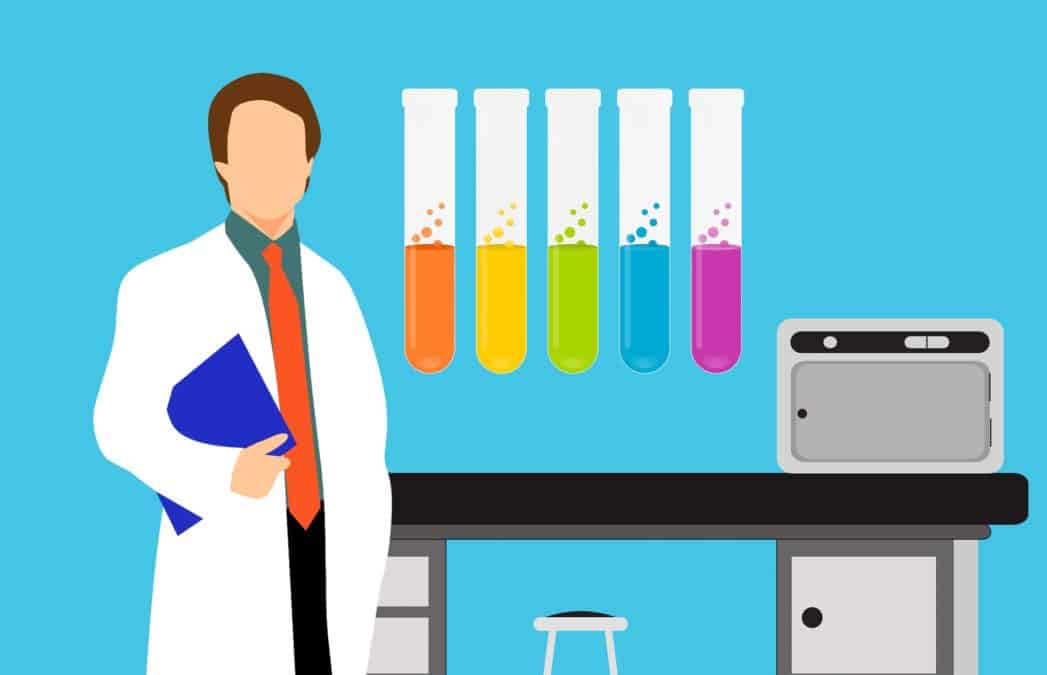
Download the lists of NSQ drugs given below: We have provided the list of "not of standard quality" (NSQ) drugs declared by various drug testing laboratories in India.
Picture: Pixabay
Lists of NSQ drugs
2022
May 2022: Download the list of NSQ samples, click below link:
Drug-Alert-List-May-2022
April 2022: Download the list of NSQ samples (Revised), click below link:
Drug-Alert-list-April-2022-Revised
April 2022: Download the list of NSQ samples, click below link:
Drug-Alert-list-April-2022
March 2022: Download the list of NSQ samples, click below link:
Drug-Alert-list-March-2022
February 2022: Download the list of NSQ samples, click below link:
Drug-Alert-List-February-2022
January 2022: Download the list of NSQ samples, click below link:
Drug-Alert-List-January-2022
2021
December 2021: Download the list of NSQ samples, click below link:
Drug-Alert-List-December-2021
November 2021: Download the list of NSQ samples, click below link:
Drug-Alert-List-November-2021
October 2021: Download the list of NSQ samples, click below link:
Drug-Alert-List-October-2021
September 2021: Download the list of NSQ samples, click below link:
Drug-Alert-List-September-2021
August 2021: Download the list of NSQ samples, click below link:
Drug-Alert-List-August-2021
July 2021: Download the list of NSQ samples, click below link:
Drug-Alert-List-July-2021
June 2021: Download the list of NSQ samples, click below link:
Drug-Alert-List-June-2021
May 2021: Download the list of NSQ samples, click below link:
Drug-Alert-List-May-2021
April 2021: Download the list of NSQ samples, click below link:
Drug-Alert-List-April-2021
March 2021: Download the list of NSQ samples, click below link:
Drug-Alert-List-March-2021
February 2021: Download the list of NSQ samples, click below link:
Drug-Alert-List-February-2021
January 2021: Download the list of NSQ samples, click below link:
Drug-Alert-List-January-2021
2020
December 2020: Download the list of NSQ samples, click below link:
Drug-Alert-List-December-2020
November 2020: Download the list of NSQ samples, click below link:
Drug-Alert-List-November-2020
October 2020: Download the list of NSQ samples, click below link:
Drug-Alert-List-October-2020
September 2020: Download the list of NSQ samples, click below link:
Drug-Alert-List-September-2020
August 2020: Download the list of NSQ samples, click below link:
Drug-Alert-List-August-2020
July 2020: Download the list of NSQ samples, click below link:
Drug-Alert-List-July-2020
June 2020: Download the list of NSQ samples, click below link:
Drug-Alert-List-June-2020
May 2020: Download the list of NSQ samples, click below link:
Drug-Alert-List-May-2020
April 2020: Download the list of NSQ samples, click below link:
Drug-Alert-List-April-2020
March 2020: Download the list of NSQ samples, click below link:
Drug-Alert-List-March-2020
February 2020: Download the list of NSQ samples, click below link:
Drug-Alert-List-February-2020
January 2020: Download the list of NSQ samples, click below link:
Drug-Alert-List-January-2020
2019
December 2019: Download the list of NSQ samples, click below link:
Drug-Alert-List-December-2019
November 2019: Download the list of NSQ samples, click below link:
Drug-Alert-List-November-2019
October 2019: Download the list of NSQ samples, click below link:
Drug-Alert-List-October-2019
Source of Drug alert lists: CDSCO website
Commercial Testing Laboratories
Govt Laboratories
List of Laboratory instruments
Latest Notifications: Testing Laboratories
Licensing procedure for manufacturing of Drugs
Procedure to obtain license for manufacturing of Cosmetics
Procedure to obtain license for manufacturing of Homoeopathic Medicines
Procedure to obtain license for manufacturing of Medical Devices
Procedure to obtain License to Manufacture drugs for testing and analysis purposes
Procedure to obtain license for Blood Centre (Blood Bank)
Procedure to obtain license for Commercial Testing Laboratories
Procedure to obtain license for Medical Store / Pharmacy
How to start Jan Aushadhi Store: Procedure
Click to read other articles of the Author
https://thehealthmaster.com/2022/06/26/drug-alert-nsq-drugs-lists/






















